

Canine hip dysplasia is a musculoskeletal disorder that is genetically inherited. Whereas in a healthy dog, the hip would fit together smoothly and firmly, a dog that has hip dysplasia suffers from excessive rubbing from the femur not fitting snugly into the dog’s pelvis. Over time, because of the ill fit, the joint cartilage is worn through causing the dog to endure pain. In the more severe cases of canine hip dysplasia, dog’s can potentially lose full mobility of their hind legs.
While it is documented that canine hip dysplasia is a disorder that is inherited through genetics, many veterinarians believe there are several other factors at play including weight, diet and the level of activity and physical exercise.
Well, canine hip dysplasia is most common in dog breeds that grow quickly and in large dogs. Some of the most common breeds of dogs to suffer from hip dysplasia are as follows:
·Golden Retrievers
·German Shepherds
·St. Bernards
·Labrador Retrievers
·Rottweilers
·Great Danes
·Old English Sheepdogs
·Newfoundlands
However, it is important to understand that just because canine hip dysplasia is more prevalent in larger breed dogs, it does not mean that smaller breed dogs cannot have the disease especially if they are extremely active and/or overweight.
The very first symptoms and signs of canine hip dysplasia will appear in your puppy’s rapid growth stage – between approximately four and 10 months of age. You may not notice any actual clinical symptoms; however, your dog will more than likely begin limping or having a stagger of some sort to his walk. You may find that your dog has difficulty jumping, running, as well as rising from a lying postition or sitting down.
As for diagnosis at a veterinarian clinic, the vet will feel in the hips to determine any looseness in the hip area and will follow up with X-Rays or even radiographs. The latter are usually to determine the severity of the disorder.
A mild case of hip dysplasia is very similar to osteoarthritis that humans and dogs suffer from yet can easily lead long and happy lives.
There are several factors that go into the treatment of canine hip dysplasia, which will first involve assisting the dog in dealing with the condition and adjusting to life with limited mobility. Here is more general information regarding the treatment of hip dysplasia in dog’s:
·Weight Management – The weight of a dog with the hip dysplasia disorder should be properly managed at all times. Even the slightest gain in weight can cause additional stress to the dog’s depreciating joints creating more inflammation and much greater pain.
·Avoid Strenuous Activity – While every dog needs plenty of exercise, activity that requires excessive jumping, running and being on its hind legs will only worsen the pain that your dog is enduring.
·Keep Warm – The dog should be kept warm at all times as cold, just like with humans, can aggravate the joints and cause the dog to endure even more pain than usual.
·Pain Control – While this won’t be the dog owner’s strong suit, the veterinarian will likely prescribe some type of pain medication or at the very least anti-inflammatory medicine.
·Surgery – Surgery is generally only required when the condition is severe. For dogs that are smaller in size, the option to remove the femur head is a possibility. The dog would eventually produce a false joint or a joint made from scar tissue, which would serve as an active replacement. This particular surgery is not an option for a larger breed of dog, but a larger breed can undergo hip replacement surgery if deemed necessary – usually in very extreme cases.
Unfortunately, there is no cure for canine hip dysplasia due to the fact that it is indeed hereditary. However, careful breeding can help prevent the condition from being passed onto upcoming generations and help promote healthier dogs and puppies.
Being a dog owner can be a rewarding yet big job, much like being a parent. Like people, there are a number of things that can affect your canine's health, livelihood and comfort such as: Heartworms, Luxating Patella (CPL), Bloody stool, Parvo and the list goes on. Fortunately most of the information you need to keep your dog safe and healthy so that they can continue to be a vibrant part of the family is right at your finger tips. If you have concerns - talk to your vet. Your pet is worth it, never will you find another who will so freely offer companionship, friendship and loyalty with little to no expectations.
 Canine Nutrition and Wellness Part 2: Feeding Your Dogs Homemade and Unprocessed Meals
Canine Nutrition and Wellness Part 2: Feeding Your Dogs Homemade and Unprocessed Meals
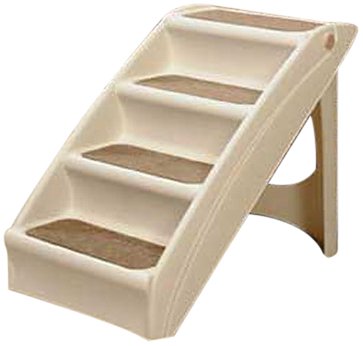 Have Furry Children? Four Important Facts for Happy Pets
Have Furry Children? Four Important Facts for Happy Pets
 Some Popular Breeds of Dog in the United States
Some Popular Breeds of Dog in the United States
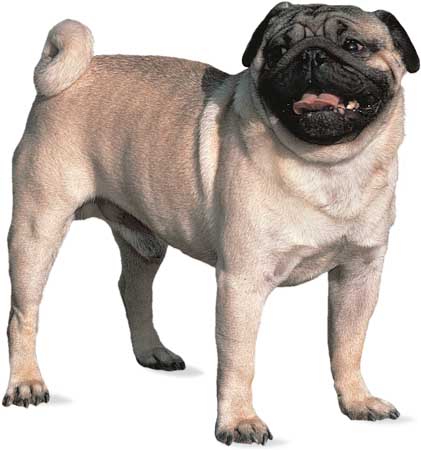 Curly Tailed Dog Breeds
Curly Tailed Dog Breeds
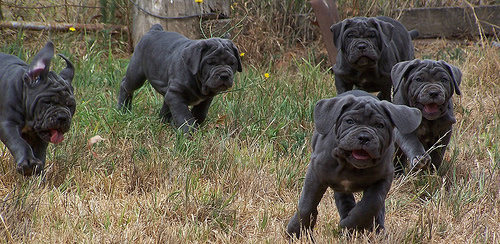 Choosing A Good Dog Breeder: A Guide For How To Choose a Reputable Breeder
Choosing A Good Dog Breeder: A Guide For How To Choose a Reputable Breeder
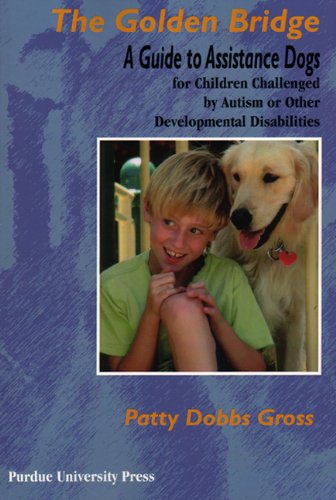 How Service Dogs Can Be A Godsend For Children With Autism
How Service Dogs Can Be A Godsend For Children With Autism
 Dogs :: 3 Reasons Why You Would Want a K9 Unit (Page 1 of 2)
K9 units or dog units are glorified in movies. If you have w
Dogs :: 3 Reasons Why You Would Want a K9 Unit (Page 1 of 2)
K9 units or dog units are glorified in movies. If you have w
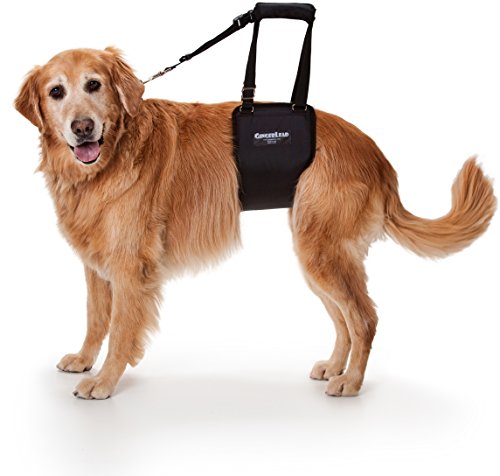 Senior Dog Harness
There are many reasons that
Senior Dog Harness
There are many reasons that
 How to have a Well Behaved Dog and Save Money at the Same Time
My partner was fixated on getting a pet dog, and cost w
How to have a Well Behaved Dog and Save Money at the Same Time
My partner was fixated on getting a pet dog, and cost w
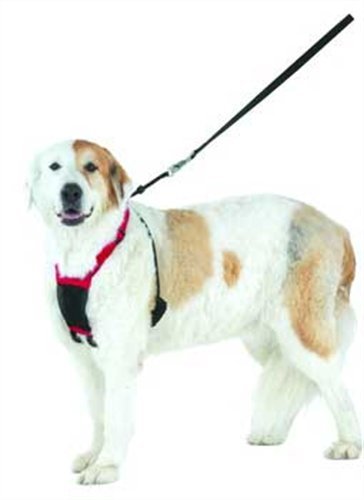 Pettiquette: The Art of Responsible Dog Walking
Cmon Baby, Ill Show You How to Walk the Dog
Pettiquette: The Art of Responsible Dog Walking
Cmon Baby, Ill Show You How to Walk the Dog
 Top Seven Dog Treats - A list of the best, most healthy dog treats available
Top Seven Dog Treats
It抯 easy to go to your local pet super
Top Seven Dog Treats - A list of the best, most healthy dog treats available
Top Seven Dog Treats
It抯 easy to go to your local pet super
Copyright © 2005-2016 Pet Information All Rights Reserved
Contact us: www162date@outlook.com